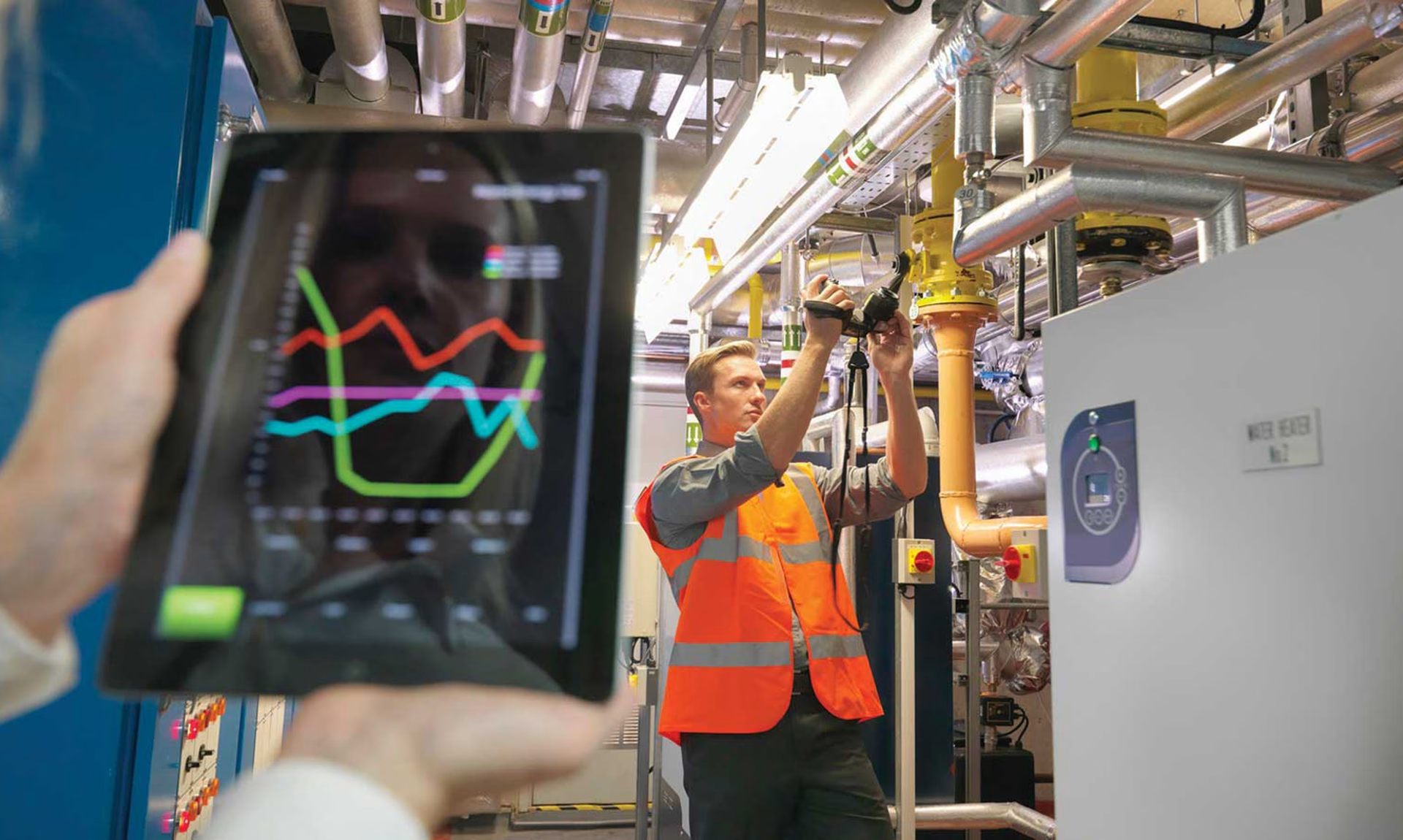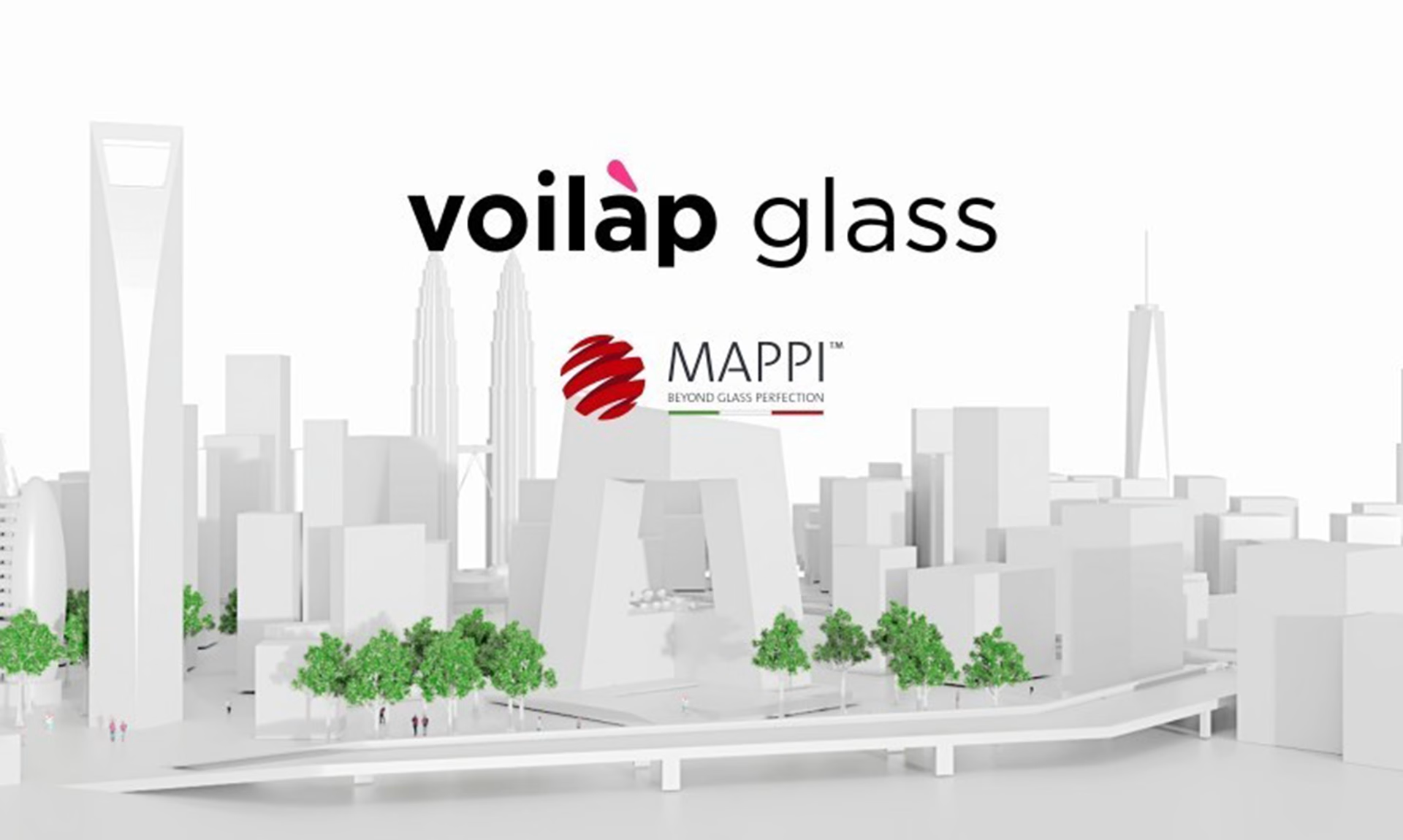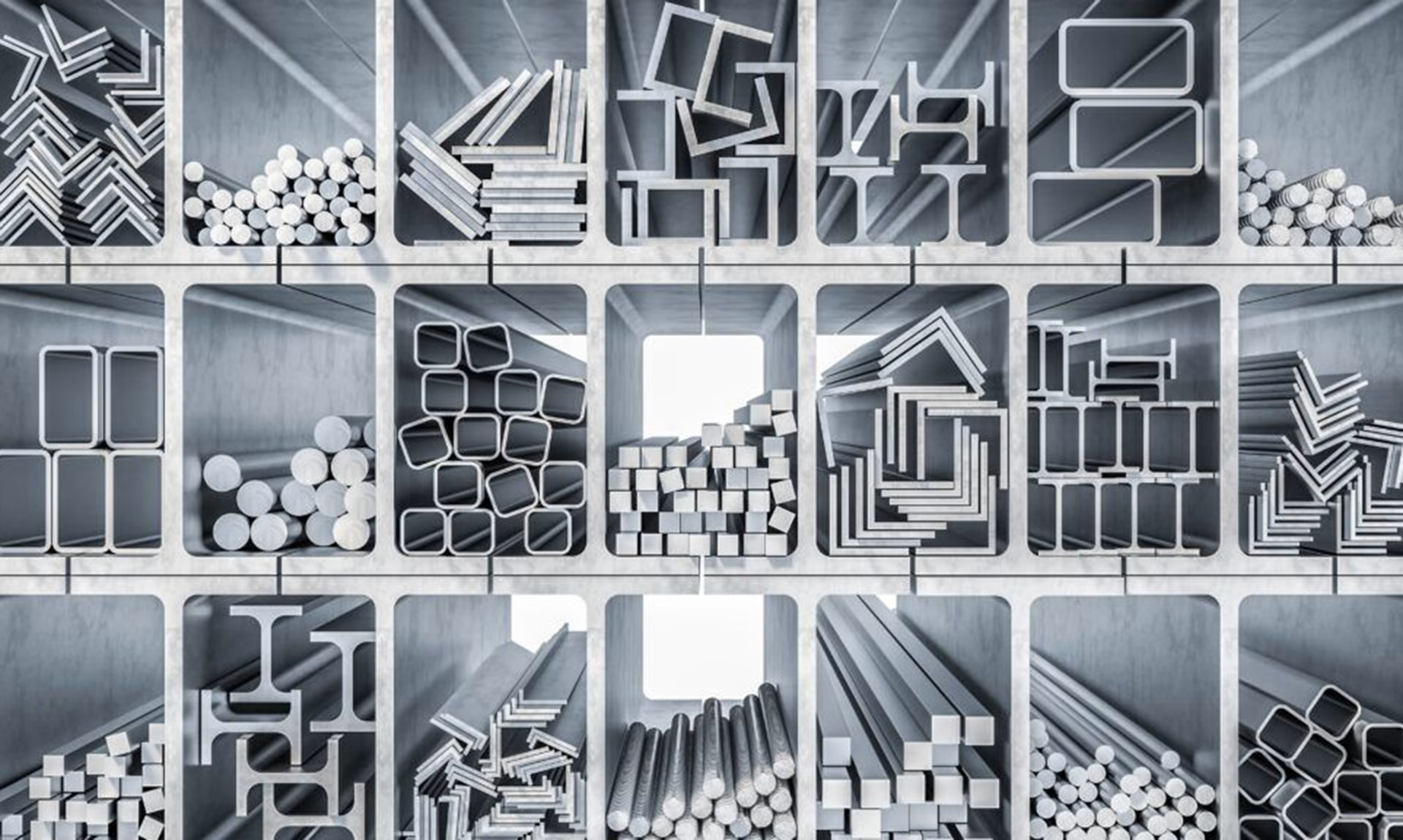Why Building Automation is Becoming the New Standard in Modern Architecture
Once considered an optional luxury, building automation has now become a defining standard of modern architecture. From residential complexes to high-rise offices, integrated systems are shaping how buildings function, how they consume energy and how people experience space.
From efficiency to necessity.
The roots of building automation lie in HVAC control and energy savings. What began as centralised heating and ventilation systems has expanded into comprehensive platforms managing lighting, access control, shading, fire safety, security and even occupancy patterns.
The shift from “nice-to-have” to “must-have” has been driven by three forces:
- Regulation: stricter energy-efficiency targets in Europe, the US and Asia.
- Urbanisation: dense cities requiring smarter, safer buildings.
- Technology: the rise of IoT, wireless sensors and cloud-based systems.
Today, automation is less about reducing costs and more about ensuring sustainability, comfort and resilience.
Hybrid buildings: responsive by design.
Automation transforms a building from static to dynamic. A façade is no longer just an envelope; it becomes a responsive skin. Windows communicate with ventilation units, blinds adjust according to solar radiation, heating lowers automatically when rooms are unoccupied.
This level of responsiveness creates hybrid buildings – part machine, part architecture – capable of adapting in real time to external climate and internal use.
Security, health and wellbeing.
Beyond energy, automation has become central to health and safety. During the pandemic, demand surged for touchless access, automated ventilation and air-quality monitoring. Today, occupants expect buildings that not only protect them but actively promote wellbeing.
For developers, this means automation is no longer simply about cost savings but about market differentiation. Smart buildings command higher value, attract tenants and meet ESG (Environmental, Social, Governance) benchmarks.
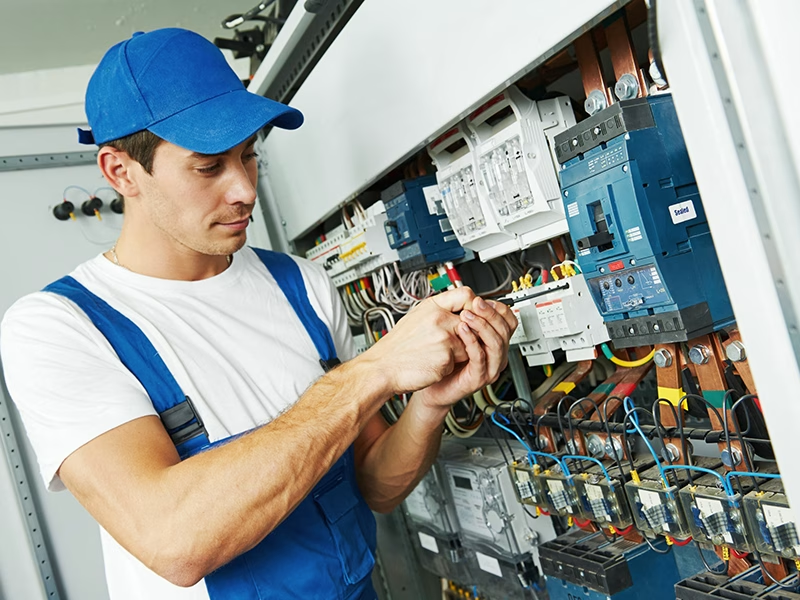
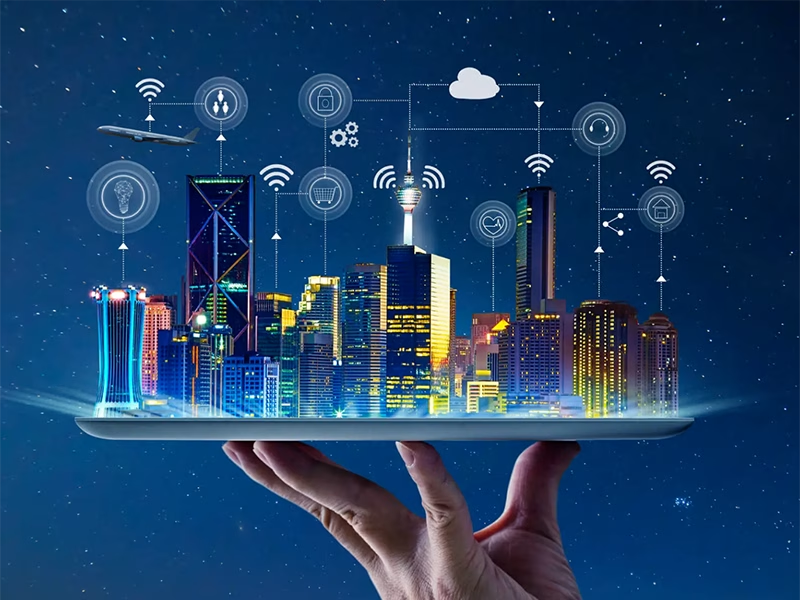
A global standard emerges.
Regional dynamics vary, but the trend is universal:
- Europe sets the pace with regulations like the Energy Performance of Buildings Directive (EPBD), making smart readiness an evaluation criterion.
- North America pushes innovation in integrated platforms, with Silicon Valley leading the convergence of IT and construction.
- Asia and the Middle East embrace automation in megaprojects, where scale demands control of energy and security at unprecedented levels.
The result is clear: automation is no longer the exception – it is the baseline.
Challenges for architects and fabricators.
The rise of automation changes the responsibilities of all players:
- Architects must design with sensors, cabling and system integration in mind from the earliest stages.
- Fabricators of windows, doors and façades must ensure compatibility with smart protocols like KNX, BACnet or Zigbee.
- Manufacturers of hardware must rethink products as data points, not just mechanical parts.
The demand for interoperability means that closed, proprietary systems are giving way to open, secure and flexible platforms.
The next chapter: intelligent ecosystems.
Looking forward, building automation will move beyond individual buildings. Smart cities will demand integration of buildings into wider grids, optimising not just energy use within, but also balancing supply and demand across urban areas.
For occupants, the promise is a seamless environment: buildings that anticipate needs, conserve resources, and deliver comfort as a default. For the industry, the message is clear – those who fail to integrate will be left behind.
Conclusion.
Automation has become the new standard not because it is fashionable, but because it is indispensable. It sits at the crossroads of sustainability, wellbeing and digital innovation.
In modern architecture, automation is no longer a feature – it is the infrastructure of trust.
Share This Story
news via inbox
Your source for the latest news in the fenestration industry.
